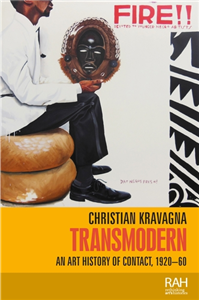Humanities & Social Sciences
October 2006
Communitarian thought and New Labour
Blair's community is an exciting and timely book which challenges the accepted wisdom about the role of communitarian thought in the development of New Labour under Tony Blair. From the mid-1990s there has been a widespread view that Labour policies have reflected, or even been influenced by, the work of communitarian writers like Amitai Etzioni and John Macmurray, and philosophers such as Alasdair MacIntyre and Michael Sandel. The book begins by establishing that such a view was widely, and frequently unquestioningly, held, in both popular and academic forums. It then identifies reasons for the persistence of this impression, the evidence on which it was based, and the understandings of communitarianism used by commentators. The book argues that existing accounts of 'New Labour's communitarianism' fail to present an accurate picture because they are - in some cases explicitly - working with a generic or composite conception of communitarianism which bears little relation to the work of the communitarian writers whose names have been associated with the party. ;
























